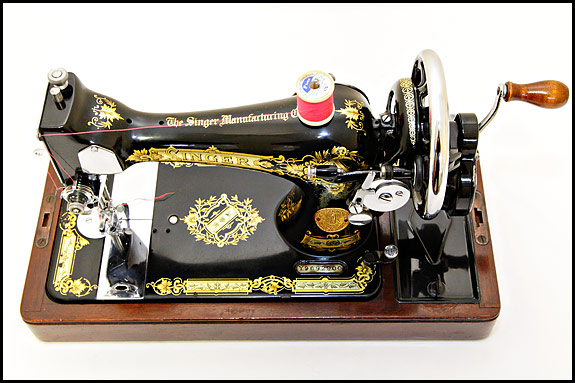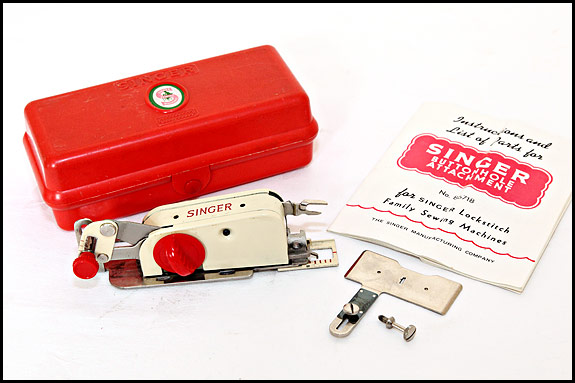59Lark
Practically Family
- Messages
- 569
- Location
- Ontario, Canada
Jangas; I have about 80 years worth of manuals, parts chart and dating info in about two filing cabinets in my cellar. I have been fixing singer since I was 18 and now am 48. The charts are fairly acurate but the badge is a true teller, as every product that went out that year from commerical bag stitcher to home machines had that badge, that was big party for them and they were proud. They just celebrated again this year 160 with a anniversy machine made by jaguar internation corp made in hanio, VM. Not the same as Kilbowie. The company is a pale shadow today of what it was, ruined by corporate greed and corporate raiding and theives running the company. 59LARK























